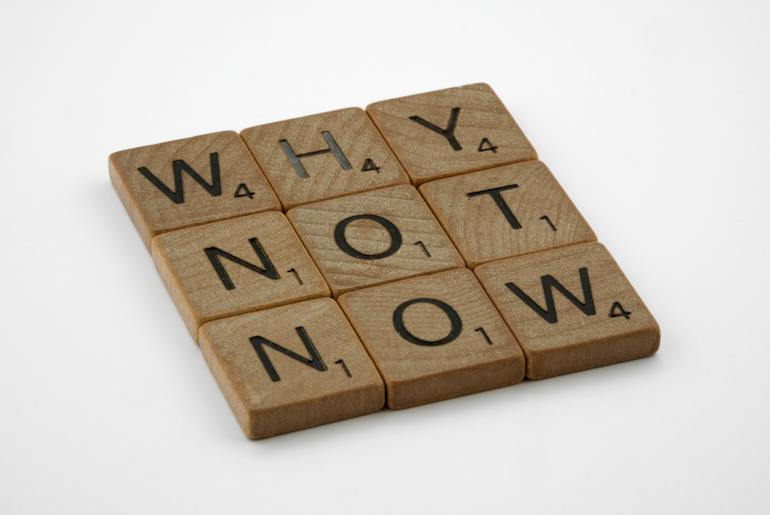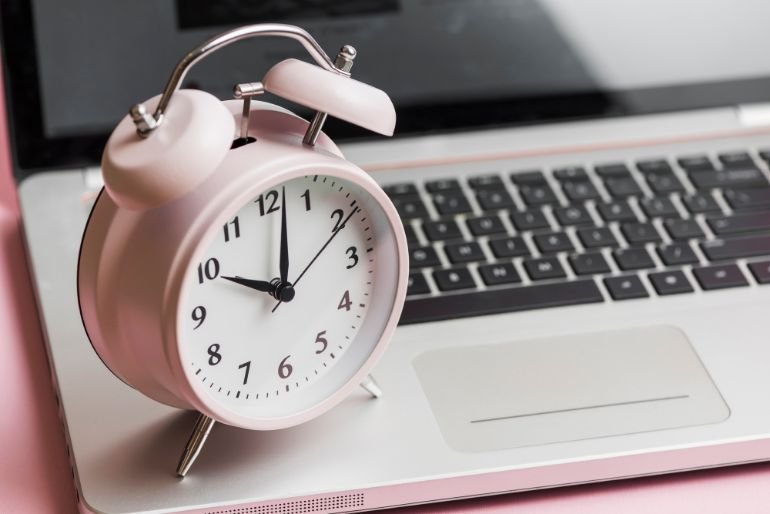Multitasking Revisited: How Much Time Are We Wasting?
In an article published in the New York times in October (yes, I’m behind with my blogging, okay?!) entitled “Multitasking Can Make You Lose … Um … Focus” the author discusses something we’ve covered here at Flipping Heck before – how multitasking actually make you more unproductive

In an article published in the New York times in October (yes, I’m behind with my blogging, okay?!) entitled “Multitasking Can Make You Lose … Um … Focus” the author discusses something we’ve covered here at Flipping Heck before – how multitasking actually make you more unproductive. See my reviews of review of “The Myth Of Multitasking: How “doing it all” gets nothing done by Dave Creshaw.
From the article:
Although doing many things at the same time – reading an article while listening to music, switching to check e-mail messages and talking on the phone – can be a way of making tasks more fun and energizing, “you have to keep in mind that you sacrifice focus when you do this,” said Edward M. Hallowell, a psychiatrist and author of “CrazyBusy: Overstretched, Overbooked, and About to Snap!” (Ballantine, 2006). “Multitasking is shifting focus from one task to another in rapid succession. It gives the illusion that we’re simultaneously tasking, but we’re really not. It’s like playing tennis with three balls.”
The strange thing is, multitasking (or Switch Tasking as Crenshaw calls it) make us feel more productive. We feel as though we’re getting more done when in fact all we’re doing is working on more tasks in a piecemeal fashion not actually accomplishing anything at all!
How many times have you got home from work and thought “Wow, I’ve had a really productive day!” only to look at your to-do/action list and not find a single thing crossed off?
In my job, I suppose that I’m fortunate in that if I start something the logical conclusion is to finish it before moving on to the next task – I can’t really complete a website without following a logical order. However I still get the odd email, phone and conversation interruptions. The answer? If someone calls and I’m in the middle of something I ask if I can call them back, I’ve set a very unobtrusive alert for my emails so they don’t distract me and I can look at them (and respond as required) at my leisure and conversations are kept to a minimum. Great, huh?
Crenshaw (and a fair few productivity experts) advocate that you set allocated times to check emails, return phone calls etc. I’ve had a rant about this before in my post “Four Hour Work Week in the Real World? Dream on” in which I express concerns about how this “batch processing” (particularly of phone calls) would affect not just your productivity, but also your general reputations as someone to go to – “There’s no point in calling Katy, she won’t return my call for another 3 hours. I’ll ask Bob – he gets things done”.
Dave Crenshaw was kind enough to email this in response to my little tirade:
If I have my voicemail expectation at Noon and 4:00, and Bob has his voicemail expectation at 10:00 and 2:00, how will we every connect? Aren’t we just going to be playing phone tag forever?
There are three simple answers:
1) Having your voicemail expectation set at that time does NOT mean you never answer your phone. If you are available for your phone, either because you have a lull in your schedule, a meeting went short, or you just chose to take a break, you can certainly answer your phone at any other time. We are not voicemail Nazi’s!
The Voicemail Expectation is about managing people’s MINIMUM expectations of “WHEN”. No one complains when you get back to them earlier or pick the phone up on the first ring.
This same rule could be applied to email and text messages.
2) If Bob is someone you are communicating with regularly, then you likely need to establish a recurring meeting.
3) Remember: there is a difference between “checking” and “processing”. Processing is actively going through each item and ensuring it has a What, a When, and a Where. Checking is just making sure there are no emergencies that can’t wait until your normal processing time.
Dave Crenshaw, Author of “The Myth of Multitasking: How “Doing It All” Gets Nothing Done”
More from the New York Times Article:
A 2005 study, “No Task Left Behind? Examining the Nature of Fragmented Work,” found that people were interrupted and moved from one project to another about every 11 minutes. And each time, it took about 25 minutes to circle back to that same project.
That’s almost 5 hours out of an 7 and a half hour working day!
So, maybe Dave and the others are onto something after all. I don’t completely go back on my previous comments but it’s something to certainly think about considering – even if I just get an extra half-an-hour out of my working day!





















” A really delightful idea. Study and don’t forget – if you have to work and study at the same time, there are old pros who are ready to balm you with your essays when you under time crushing. I’d recomend in this case the most proved amongs <a href="" essay”” target=””_blank””>http://www.bestwritingservice.com””>essay writing service where you can get custom essays. http://www.bestwritingservice.com “
“Can you suggest me how can I tell which application runs in the background if they are in multitasking section?
Recover Data
http://www.datadoctor.biz “
“
“A lot of people, specially young ones, see multi-tasking as positive. What they forget is that the quality of the things they are multi-tasking would likely take a hit. It makes it harder to focus because the other tasks are still at the back of their minds. What they should do is try to finish one task, and do it well, then forget about it and doing a new task.”